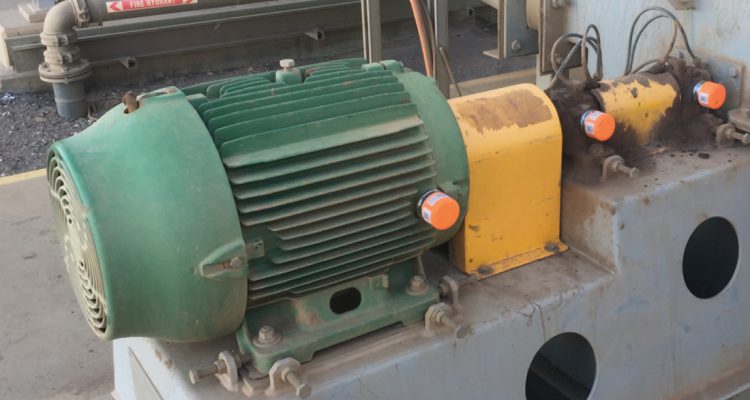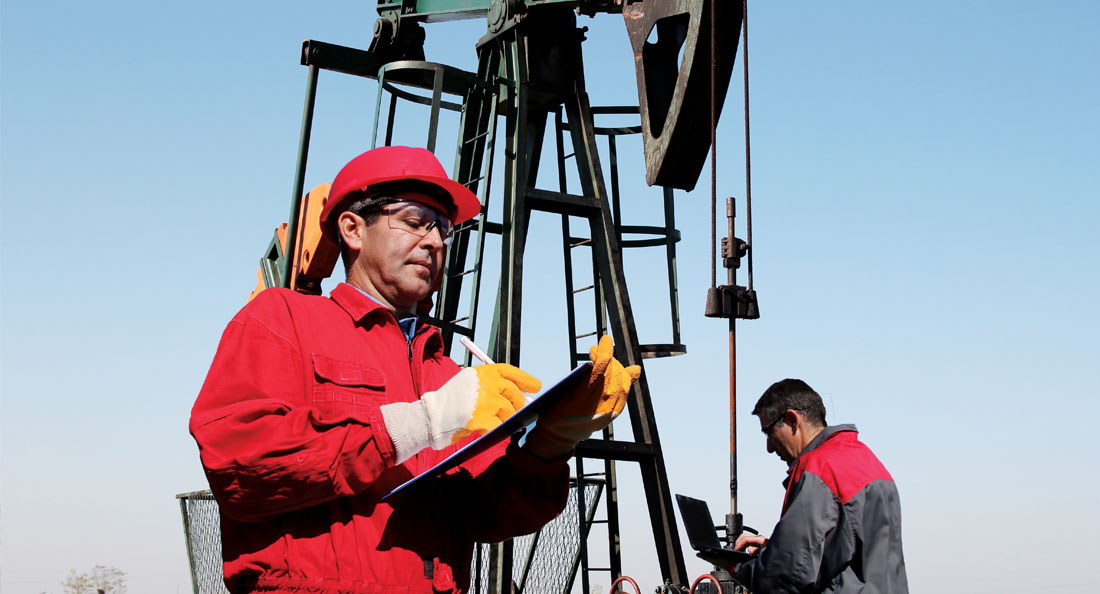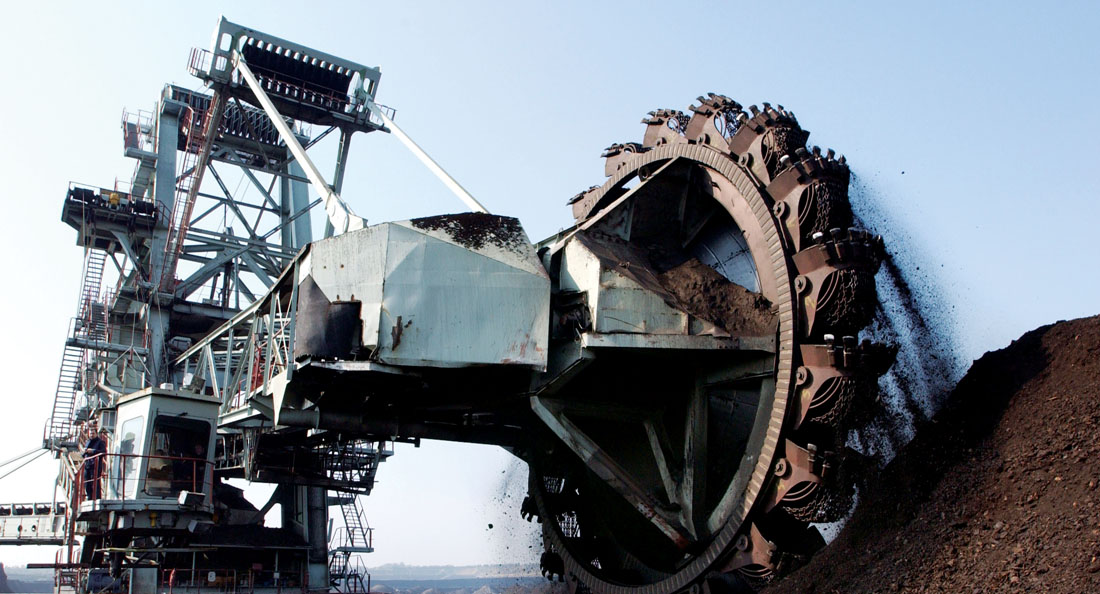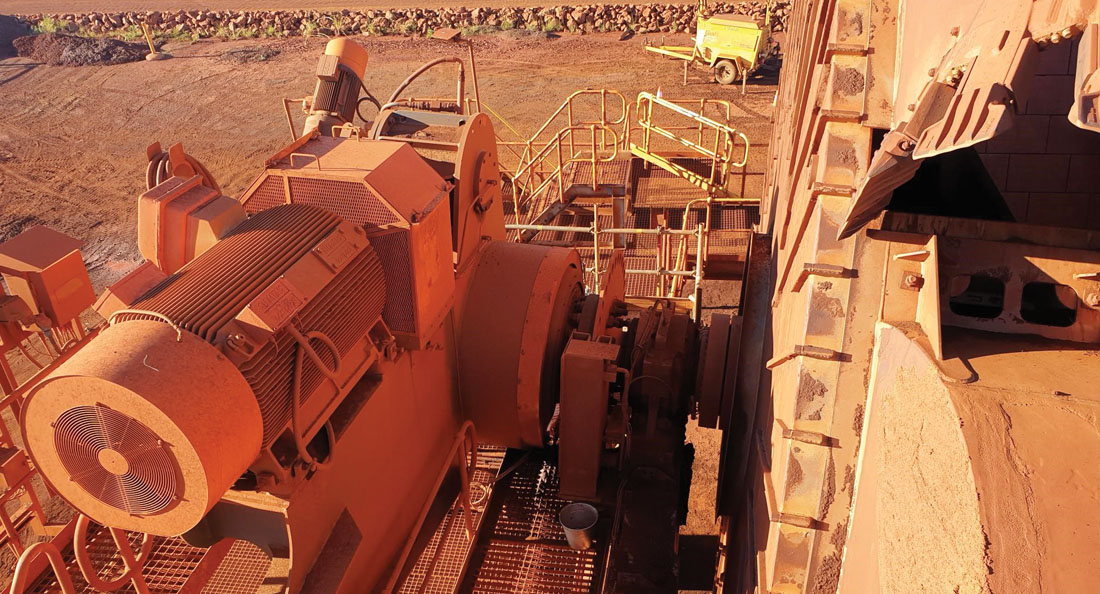The COVID-19 crisis has forced businesses to change how they operate, and according to condition monitoring specialist Mark Slaughter, it could be the beginning of a larger transformation in the condition monitoring world – particularly in the context of remote monitoring options for customers in the mines and quarries segment.
“We’ve always had the technology but maybe not the reason to change, but now with what’s happening globally with the pandemic, there’s a reason to change,” says Mark, who is the Engineering Manager for CBC in both South Australia and the Northern Territory.
Mines located in outback regions or operating very critical machines can be the biggest gainers of remote monitoring, Mark believes.
“In effect, what we’re talking about is a system where we can monitor parameters such as vibration, speed, pressure or temperature at a frequency that’s as close as possible to live monitoring. If you compare this with the traditional frequency-based monitoring system where data is collected by an individual every month or every quarter, there’s much more scope with live monitoring to pick out subtle changes in the system to avoid catastrophic results,” he explains.
“Particularly, if the asset is in an unsafe environment for personnel to enter or if it’s located in a hard-to-reach place, remote wireless sensors can help overcome those barriers for asset monitoring. Of course, there are still some limitations, for example in terms of the maximum temperature the sensors can tolerate, but overall, the technology gives asset owners much more flexibility.”
The CBC Engineering Solutions team recently implemented a remote monitoring solution that uses a vibration monitoring system to track the health of bearings on a critical piece of equipment for their mining customer.
As Mark explains, the solution enables the CBC customer to collect vibration data from the equipment on a cloud-based platform and access it from anywhere by simply logging in to a smartphone application.
“Instead of a person having to drive five hours to the site, spending an hour to collect the data, staying overnight and then returning the next day, we can now get a live snapshot of what’s happening with the asset by monitoring the data every six hours.
“The data could also be collected more frequently, but there would be a trade-off with the battery life. The wireless sensors are battery-powered and the more data you collect, the quicker the battery runs out. At the current rate of data collection, the battery is predicted to last between 2-4 years.”
The monitoring systems’ wireless sensors collect vibration data from the bearings and send them to a cloud-based database that the CBC engineers then monitor to identify if there’s an issue with the equipment, as Mark explains.
“The biggest advantage with this system is that you don’t necessarily need to look at massive amounts of data coming through. The monitoring system has alarm-based thresholds built into the sensors which are based on the ISO standard for vibration. The sensors check the system every 30 seconds and send an alert only if a threshold has exceeded. Over time, these thresholds can be calibrated based on the normal behaviour of the machine so that you only receive alarms when there’s a genuine problem.
“Another key benefit of the monitoring system is that the sensors’ data can integrate with a smartphone application and be made available to the person analysing the data. The application offers a summary of the overall health of the machine, including vibration trend, speed, and so on. In this way, the asset owner can get an overall picture of what’s going on with their machine.”
With the COVID-19 causing travel restrictions across Australia in recent months, Mark says the CBC Engineering team has been able to continue to support their customers.
“With so many customers across different states, we’ve been doing our best to support our customers’ requirements, organising online meetings to clearly understand their situation and to design the best solution for them,” he says.
“Each solution is unique and depends on the site conditions that the customer has, as well as on what they are hoping to achieve with remote monitoring. The most important thing about having a successful programme is understanding the customers’ expectations right from the beginning and being very upfront about what wireless monitoring can and can’t do. There are always advantages and limitations with different types of condition monitoring. So, understanding their expectations and providing a solution that is the best fit for them is the way we go about it,” he concludes.




